Summary | Excerpt | Reading Guide | Reviews | Beyond the Book | Read-Alikes | Genres & Themes | Author Bio
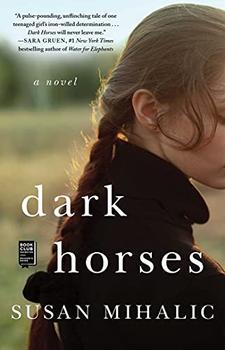
Critics' Opinion:
Readers' Opinion:
First Published:
Feb 2021, 352 pages
Paperback:
Oct 2021, 352 pages
 Book Reviewed by:
Book Reviewed by:
Rachel Hullett
Buy This Book
This article relates to Dark Horses
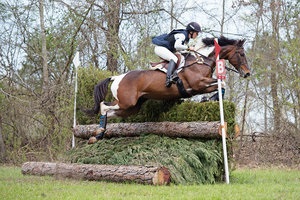 Eventing, sometimes described as an equestrian triathlon, became an Olympic summer sport at the Stockholm Games in 1912, but before that, it had its roots in the military as a series of exercises developed to test and prepare cavalry horses. Equestrian sports date back much further, in some cases all the way back to the ancient Olympics, which featured chariot and mounted races. Polo, too, has existed in some capacity for hundreds of years, and briefly became an Olympic event in the early 20th century, though it was removed from the program in 1936.
Eventing, sometimes described as an equestrian triathlon, became an Olympic summer sport at the Stockholm Games in 1912, but before that, it had its roots in the military as a series of exercises developed to test and prepare cavalry horses. Equestrian sports date back much further, in some cases all the way back to the ancient Olympics, which featured chariot and mounted races. Polo, too, has existed in some capacity for hundreds of years, and briefly became an Olympic event in the early 20th century, though it was removed from the program in 1936.
Eventing combines three phases — dressage, cross-country and show jumping — which must be completed within three days by the same horse and rider pair. Dressage is held first and is the most subjective of the three events: the rider takes the horse through a series of predetermined maneuvers in a ring, demonstrating discipline, rhythm, obedience, precision and grace to a panel of judges. The judges then each reward the rider a score between 0 and 10; 10 being a perfect score, and anything over 6 being satisfactory.
Cross-country, an event testing strength, bravery and tenacity, is held on the second day, and, as its name suggests, it takes place outdoors, on a predetermined course. The horse and rider must navigate a series of obstacles across varied terrain. Lower-level cross-country courses feature 15-20 obstacles, and higher-level courses feature as many as 40. These obstacles include fences, small bodies of water, banks and ditches. The cross-country course is taken at a gallop, and there are speed requirements for each level. The pair must finish within a certain time window to demonstrate that they are taking the course at the correct pace — not too slow, but not so fast that the horse could be harmed in the process. Judging cross-country is much more objective than judging dressage; riders receive penalty points if their horse refuses an obstacle, if they are competing without the correct equipment, if the horse or rider falls, if they exceed the time requirement, or if they come in under the time requirement.
The third and final phase is show jumping, also known as stadium jumping, in which horse and rider compete in a ring, jumping over a series of fences. There are typically between 12 and 20 fences with rails perched precariously; even the slightest touch from the horse's legs will cause them to fall. The fences must be jumped in a specific, predetermined order. This event tests precision. Show jumping is judged with similar objectivity as cross-country; riders receive faults for knocking down obstacles, falling, or if their horse refuses a fence or jumps obstacles in the wrong order.
Dark Horses by Susan Mihalic features a teenage girl, Roan Montgomery, who competes in regional eventing within her age group in an effort to one day make the Olympic team. Women were technically allowed to compete in Olympic eventing as of 1952, but it wasn't until the 1964 Tokyo Games that a woman actually made her country's team — Helena du Pont, competing for the United States. Eventing is one of the few Olympic sports where men and women compete alongside one another.
To get an idea of what equestrian eventing looks like in action, watch the video below.
Horse jumping, courtesy of United States Eventing Association
Filed under Cultural Curiosities
![]() This "beyond the book article" relates to Dark Horses. It originally ran in February 2021 and has been updated for the
October 2021 paperback edition.
Go to magazine.
This "beyond the book article" relates to Dark Horses. It originally ran in February 2021 and has been updated for the
October 2021 paperback edition.
Go to magazine.
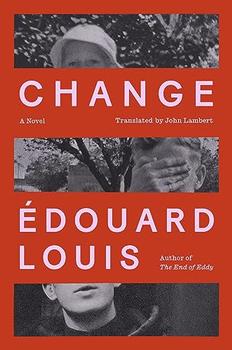
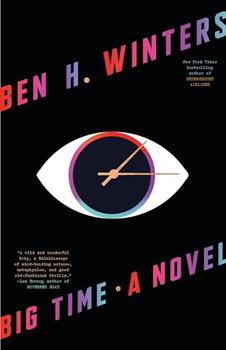
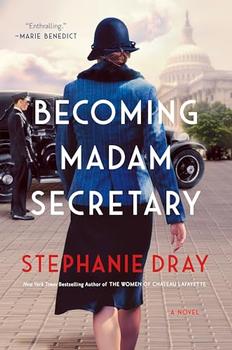
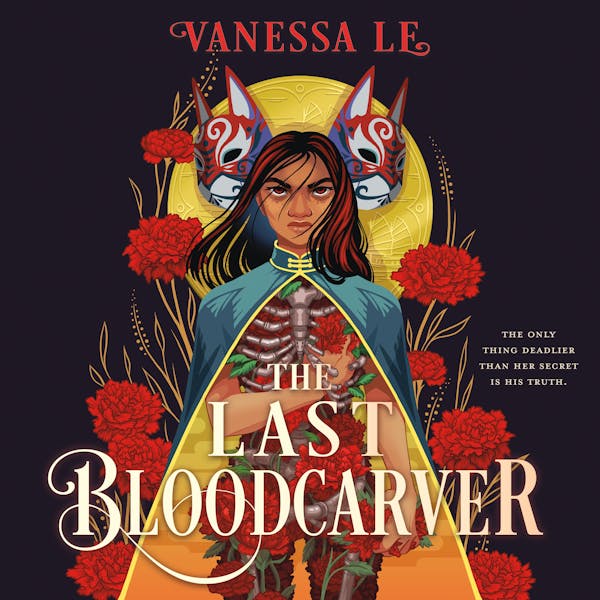

The House on Biscayne Bay
by Chanel Cleeton
As death stalks a gothic mansion in Miami, the lives of two women intertwine as the past and present collide.

The Flower Sisters
by Michelle Collins Anderson
From the new Fannie Flagg of the Ozarks, a richly-woven story of family, forgiveness, and reinvention.

The Funeral Cryer by Wenyan Lu
Debut novelist Wenyan Lu brings us this witty yet profound story about one woman's midlife reawakening in contemporary rural China.
Your guide toexceptional books
BookBrowse seeks out and recommends the best in contemporary fiction and nonfiction—books that not only engage and entertain but also deepen our understanding of ourselves and the world around us.